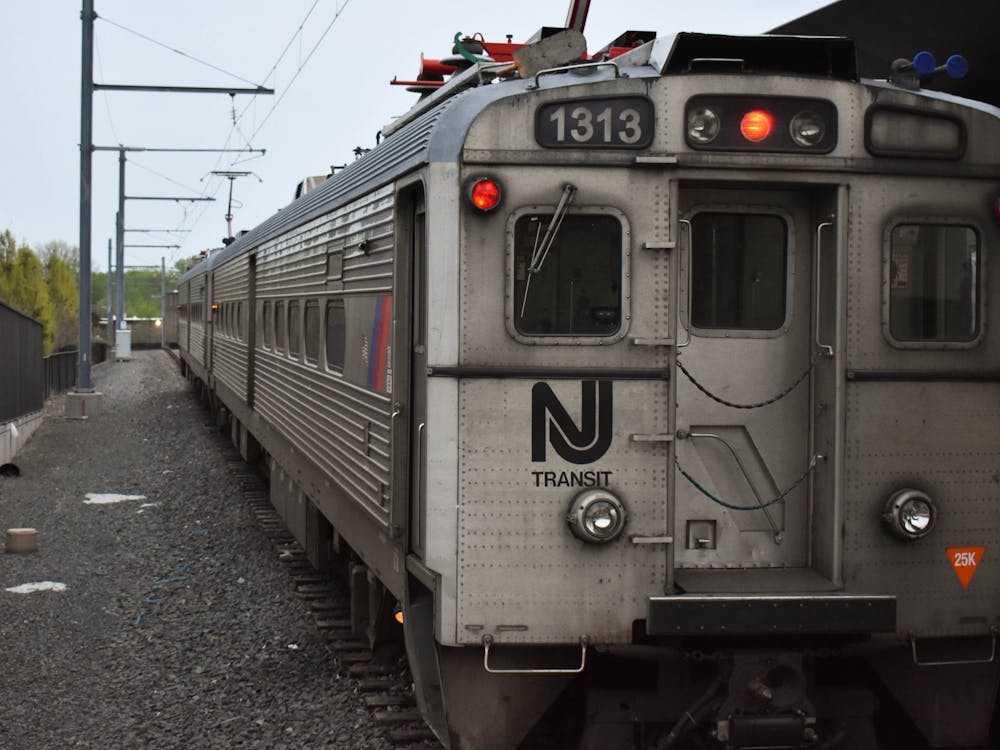When I got my club bill in mid-August and saw the $7,000-plus price tag, I hardly skipped a beat because I was confident that I was, for the most part, covered under the University's new eating club financial aid program. As my sophomore year came to a close, my initial plan was to use the $6,500 toward paying for my club and pay the remaining balance with a combination of summer earnings and a small loan.
This was until I accessed my updated fall 2007 semester student account. Naively expecting a $6,500 credit, I was shocked to see about $4,100, roughly the price of a residential college meal plan the year before. I was sure that this was a horrible mistake, but the Office of Financial Aid set me right. Apparently, the $6,500 figure that was so widely touted last semester is stitched together from a range of sources unique to your individual financial aid package. In my case, I was expected to contribute about half of my summer savings expectation $1,135 and around $1,000 of my mother's contribution toward board. Lastly, the financial aid office said that I was to use part of my fall semester federal work-study funding, and that adding these sources together would get me to $6,500.
The problem with this convoluted game plan was that in the past two years, I had never used my mother's contribution or my summer savings for food expenses. As the University footed the entire bill for food, financial aid officials had told me last year that my mother was only expected to use her contribution for my flights to and from Los Angeles. My summer savings were used to pay for fall term expenses including books, supplies for my room and travel. When I reminded a financial aid counselor about these discussions over the phone, they admitted that the model did not "work the same" for everyone.
As with most things in life, especially those involving money, this is likely the case. I have corresponded through email and discussion with numerous Princeton students from different financial backgrounds and based on what I have collected, I am convinced that the math underlying the University's eating club financial claims is airtight. For some people, the University reduced their yearly bill, expecting parents to use the discounted money as a way of paying $6,500 toward upperclassman eating club costs. Because the University was not loud in explaining this odd method of providing aid, some parents and students have been taken by surprise. There has been a problem of poor communication on the part of the University when it comes to explaining the formula for the new plan, but most Princeton parents and students will figure this out.
The larger issue is the feeling that still exists for some low-income and middle-class juniors that there remains an increased burden when one chooses an eating club over a four-year college. I feared joining an eating club because I knew it would be a hurdle trying to pay the club dues each year. When the new eating club financial aid policy was announced, I entered Bicker believing that I could make a choice about my eating arrangements that was totally independent of my finances. I convinced myself that I would not have to hustle to pay the bill.
This is not to say that things didn't turn out well for me. I had special circumstances that made me lucky. The costs I incurred over the summer living in uber-expensive New York City slashed my summer savings and garnered me an additional $1,000 grant from the University. I was fortunate that an organization that provides me with a small scholarship was willing to increase my award to pay the remaining balance — about $2,000 — of my eating club costs. Even at Princeton, I am afraid that every student will not be that fortunate.
That the hustle started so far before reaching the $6,500, and not after, is what rubs me the wrong way about this new program. It is mid-September, and I have friends telling me how they are being pinched in a way that does not exist for those who go independent or join a four-year college. I'm not supposed to hear that anymore. I repeat that as far as financial aid statements are concerned, I can find no chinks in the armor. Something is off though, and maybe some larger force will get to the bottom of this. David Smart is a history major from Los Angeles, Calif. He can be reached at dsmart@princeton.edu.







